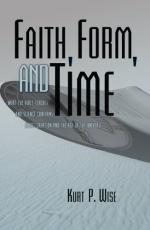|
This section contains 925 words (approx. 4 pages at 300 words per page) |

|
The idea that the universe had a beginning is common to various religions and mythologies. However, astronomical evidence that the universe truly has a finite age did not appear until early in the twentieth century. The first clue that the universe has a finite age came at the end of World War I, when astronomer Vesto Slipher noted that a mysterious class of objects, collectively called spiral nebula, were all receding from Earth. He discovered that their light was stretched or reddened by their apparent motion away from Earth—the same way an ambulance siren's pitch drops when it speeds away from a stationary observer.
Hubble's Contribution
In the early 1920s American astronomer Edwin P. Hubble was able to measure the distances to these receding objects by using a special class of mile-post marker stars called Cepheid variables. Hubble realized that these...
|
This section contains 925 words (approx. 4 pages at 300 words per page) |

|


